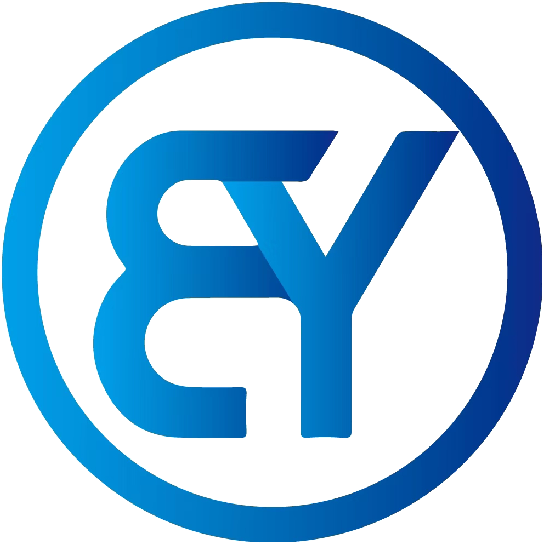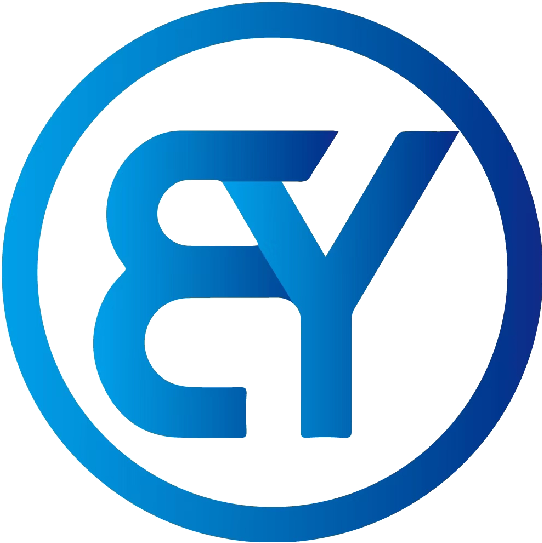Your Ultimate Guide to Copper Pipe Types and Soldering
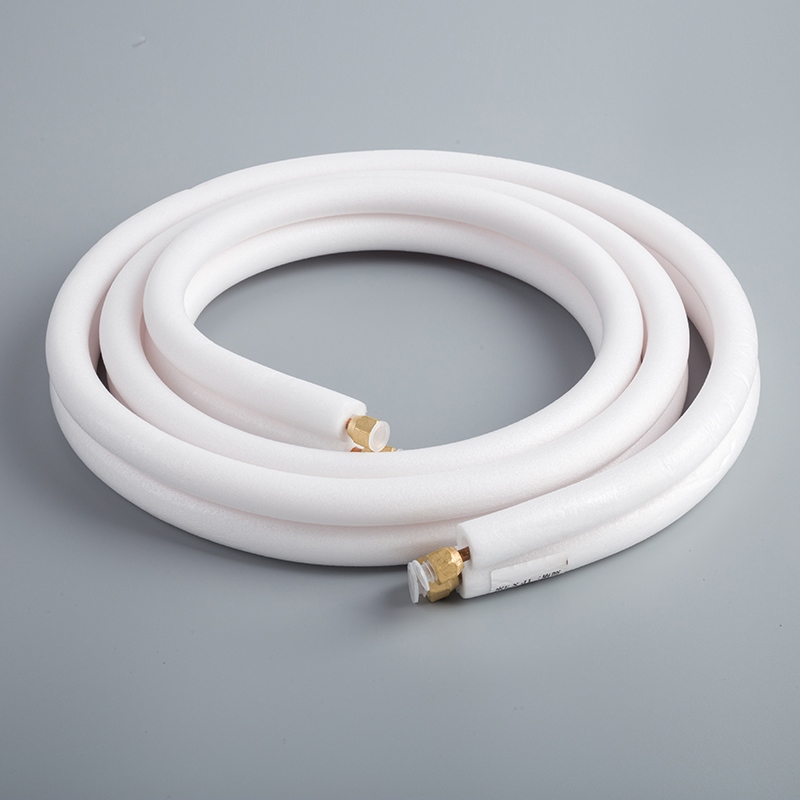
Copper pipes play a vital role in heating and plumbing systems, known for their exceptional properties. Professional plumbers emphasize the significance of selecting the right copper pipe types and mastering copper pipe soldering techniques. Understanding how long do copper pipes last is crucial for maintaining a reliable plumbing system. By exploring the various types of copper pipes, such as Type L and Type M, and considering the use of copper 1/2 pipe, homeowners can make informed decisions to ensure durability and cost-effectiveness. Let's delve into the world of copper piping to uncover its secrets.
Types of Copper Pipes
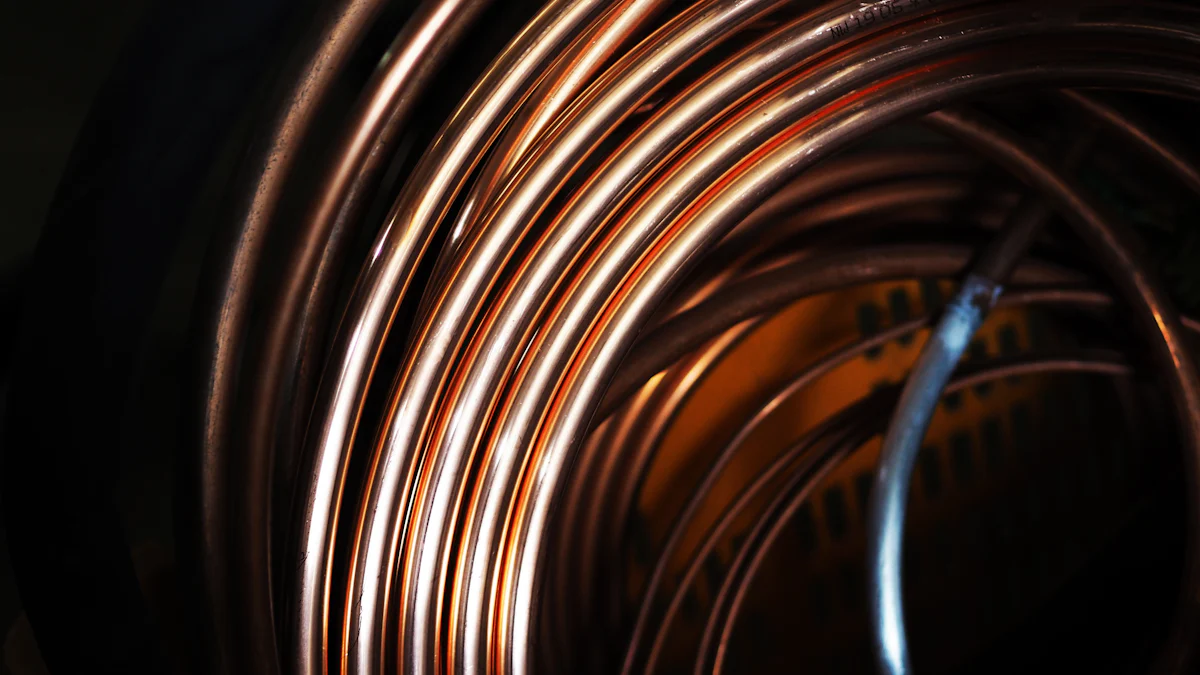
Copper Pipe Types Overview
Copper pipes and tubes are in demand for water distribution applications and HVAC segments due to their heat transfer, antimicrobial features, ability to endure extreme heat conditions, resistance to corrosion, high water-pressure, and ability to retain shape and strength at high temperatures.
Type L Copper Pipes
Type L copper pipes are renowned for their thickness and durability. They provide homeowners with peace of mind knowing that their plumbing system is equipped with a robust material that can withstand various pressures and conditions. These pipes are ideal for long-term installations where longevity is a priority.
Type M Copper Pipes
Type M copper pipes, on the other hand, are commonly favored by plumbers for residential projects due to their cost-effectiveness. While they may not be as thick as Type L pipes, they still offer reliable performance and durability for standard plumbing needs. Homeowners looking for an efficient solution often opt for Type M pipes.
Plumbing vs. ACR Tubes
When considering copper tubing, it's essential to differentiate between plumbing tubes and air conditioning/refrigeration (ACR) tubes. Each serves a specific purpose based on the application requirements. Plumbing tubes are designed for water distribution systems, while ACR tubes are tailored for air conditioning and refrigeration units. Understanding these distinctions ensures the right material is used in the appropriate setting.
Copper 1/2 Pipe
Copper 1/2 pipe is a versatile option with a range of applications and benefits. Its adaptability makes it suitable for various plumbing projects, from small repairs to larger installations. The cost-effectiveness of this pipe size appeals to homeowners seeking quality materials without breaking the bank.
Versatile Applications: Suitable for both residential and commercial plumbing needs.
Durability: With proper maintenance, copper 1/2 pipe can last for decades.
Corrosion Resistance: Resistant to rust and corrosion, ensuring longevity.
Easy Installation: Simplifies the installation process, saving time and effort.
By understanding the nuances of different copper pipe types like Type L and Type M, along with the advantages of utilizing copper 1/2 pipe, homeowners can make informed decisions when planning their plumbing projects.
Copper Pipe Soldering
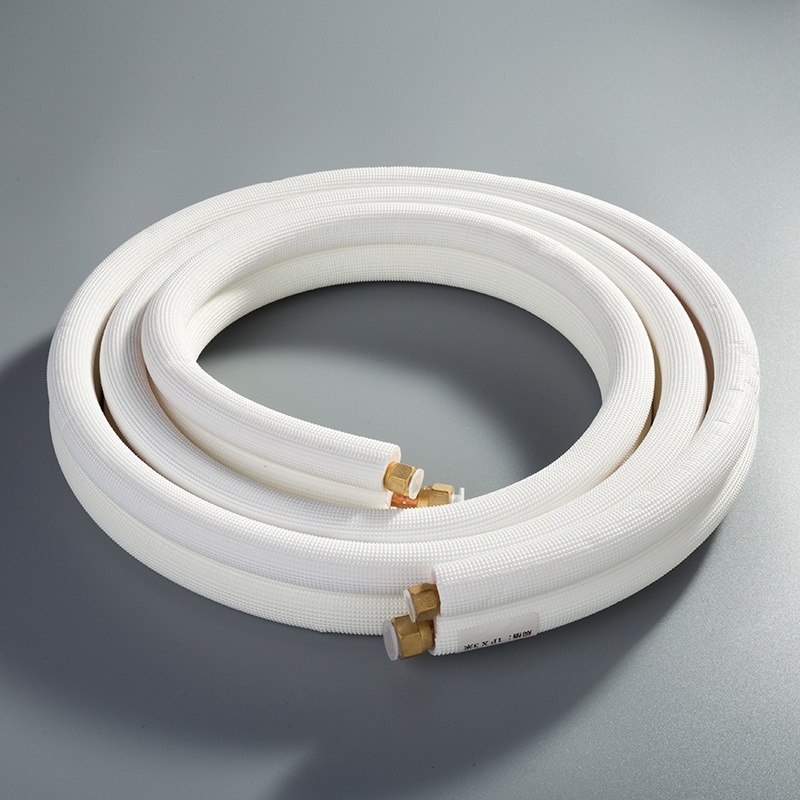
When it comes to copper pipe soldering, the techniques used can significantly impact the longevity and efficiency of your plumbing system. Understanding both traditional methods and modern advancements is key to ensuring a reliable and durable piping infrastructure.
Traditional Soldering Methods
Historical Context
In the historical context of plumbing, soldering has been a fundamental technique for joining copper pipes for centuries. Dating back to ancient civilizations, such as the Egyptians around 2100 BC, craftsmen utilized soldering to create watertight connections that stood the test of time.
Step-by-Step Process
The step-by-step process of traditional soldering involves meticulous attention to detail and precision. From cleaning the pipe surfaces to applying flux and heating the joint, each stage plays a crucial role in creating a secure bond. By carefully melting the solder into the joint, plumbers ensure a seamless connection that prevents leaks and maintains water flow.
Modern Soldering Techniques
Copper Press Fittings
In recent years, copper press fittings have revolutionized the way plumbers approach pipe installations. These fittings offer a quick and efficient alternative to traditional soldering methods, reducing installation time and labor costs. By utilizing specialized tools to press fittings onto copper pipes, professionals can create reliable joints without the need for open flames or solder.
Advantages and Disadvantages
While copper press fittings provide numerous advantages in terms of speed and ease of installation, they also come with their own set of considerations. One primary advantage is their ability to reduce potential fire hazards associated with traditional soldering techniques. However, some professionals argue that press fittings may not offer the same level of durability as soldered joints in certain applications.
Proper installation techniques are essential for maximizing the lifespan of copper pipes. Whether opting for traditional soldering methods or embracing modern innovations like copper press fittings, homeowners must prioritize quality craftsmanship to ensure long-lasting and leak-free plumbing systems.
Maintenance and Longevity
How Long Do Copper Pipes Last
Copper pipes are renowned for their longevity, with a lifespan that can extend well beyond half a century. The durability of copper pipes is influenced by various factors that impact their overall performance and longevity.
Factors Affecting Longevity
Corrosive Elements: Exposure to corrosive elements can deteriorate copper pipes over time, leading to potential leaks and reduced efficiency.
Water Quality: The quality of water running through the pipes plays a significant role in determining their lifespan. High mineral content or acidity levels can accelerate corrosion.
pH Levels: Maintaining balanced pH levels in the water helps prevent corrosion and extends the life of copper pipes.
Soil Composition: The composition of the soil surrounding underground pipes can affect their longevity. Highly acidic or alkaline soils may pose risks to copper piping.
Climate and Humidity: Environmental factors such as climate and humidity levels can impact the rate of corrosion on copper pipes.
By understanding these factors, homeowners can take proactive measures to protect their copper piping systems and ensure long-lasting performance.
Maintenance Tips
Regular Inspections: Conduct routine inspections to check for signs of corrosion, leaks, or damage. Early detection allows for timely repairs or replacements.
Cleaning Procedures: Keep the pipe surfaces clean from debris or mineral buildup to prevent blockages and maintain optimal water flow.
Protective Coatings: Consider applying protective coatings to copper pipes to shield them from external elements that could cause deterioration.
Professional Services: Seek professional plumbing services for thorough maintenance checks and expert advice on preserving your copper piping system.
Implementing these maintenance tips can significantly enhance the longevity of your copper pipes, ensuring a reliable plumbing infrastructure for years to come.
Future Considerations
As technology advances, innovations in copper plumbing continue to shape the industry, offering homeowners new possibilities for efficient and sustainable plumbing solutions.
Innovations in Copper Plumbing
Research and Development: Ongoing research efforts aim to enhance the durability and performance of copper piping systems through innovative materials and manufacturing processes.
Hidden Leak Detection: Advanced technologies enable the detection of hidden leaks within copper pipes, preventing water wastage and potential damage.
Maintenance Practices: Evolving maintenance practices incorporate digital tools and predictive analytics to optimize the upkeep of copper plumbing systems.
Looking ahead, homeowners can expect further advancements in copper plumbing that prioritize sustainability, efficiency, and longevity.
Recommendations for Homeowners
Stay Informed: Stay updated on the latest trends and innovations in copper plumbing to make informed decisions about your home's infrastructure.
Invest Wisely: Consider investing in high-quality materials and professional installation services to maximize the lifespan of your copper piping system.
Regular Upkeep: Schedule regular maintenance checks with licensed plumbers to address any issues promptly and ensure peak performance of your plumbing system.
By staying proactive, informed, and attentive to maintenance needs, homeowners can enjoy the benefits of durable and reliable copper piping systems well into the future.
To ensure a robust plumbing system, understanding the nuances of copper pipe types like Type L and Type M is essential. Mastering traditional soldering methods and embracing modern techniques such as copper press fittings can enhance the efficiency and durability of your piping infrastructure. Proper maintenance, including regular inspections and protective coatings, plays a vital role in extending the lifespan of copper pipes. By staying informed about innovations in copper plumbing and investing wisely in quality materials, homeowners can enjoy a reliable plumbing system for years to come.
See Also
The Definitive Guide to Premium Copper Pipe Fittings
Becoming an Expert in Copper Pipe Fittings: A Detailed Manual
The Complete Handbook for Purchasing Copper Pipe Coils
